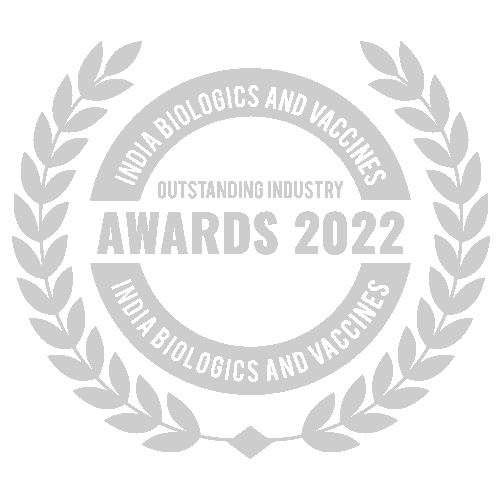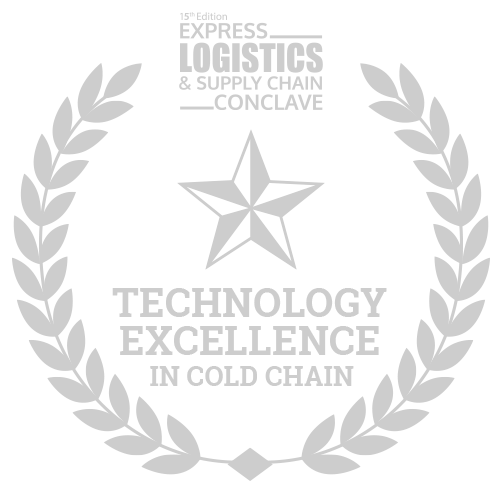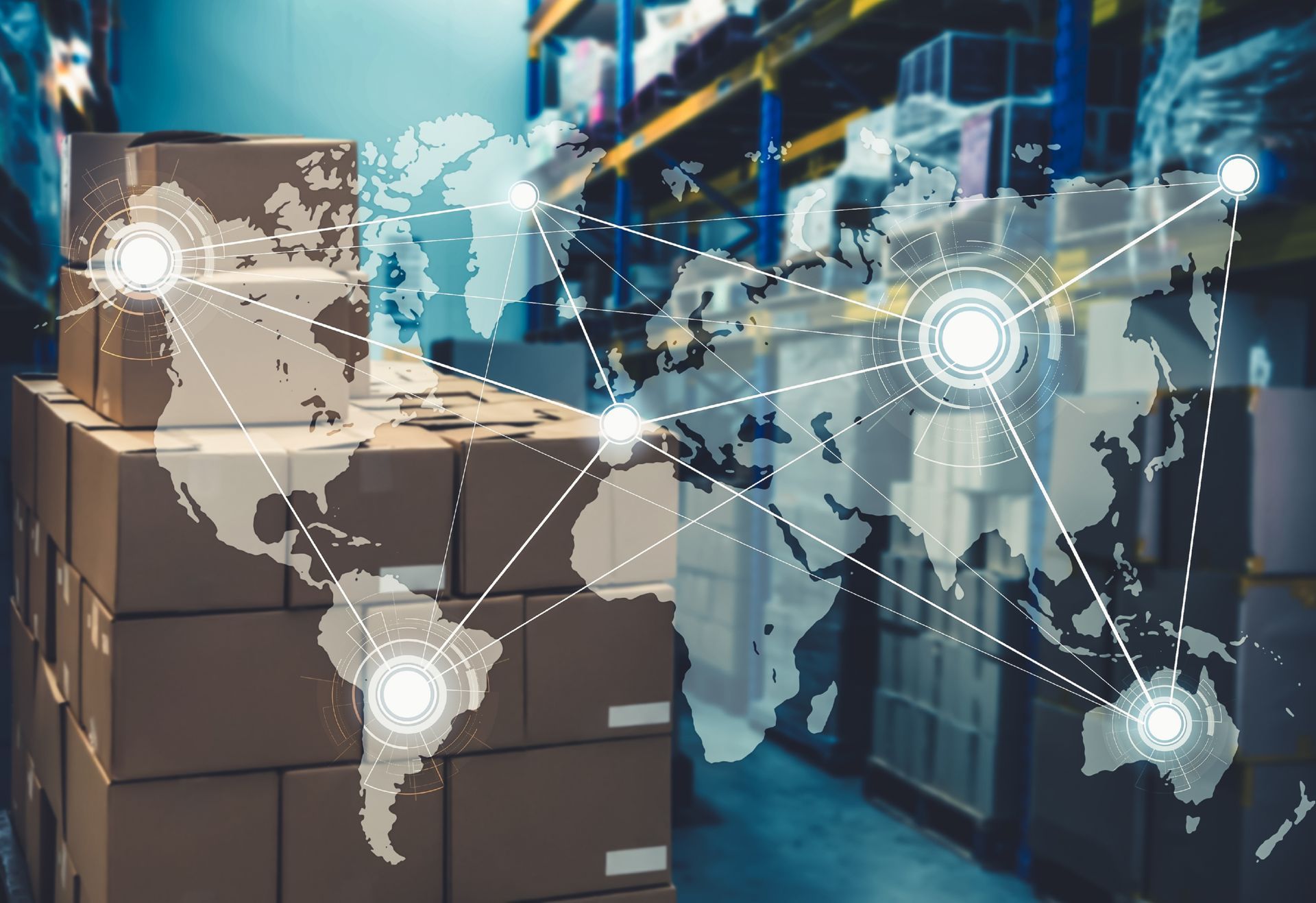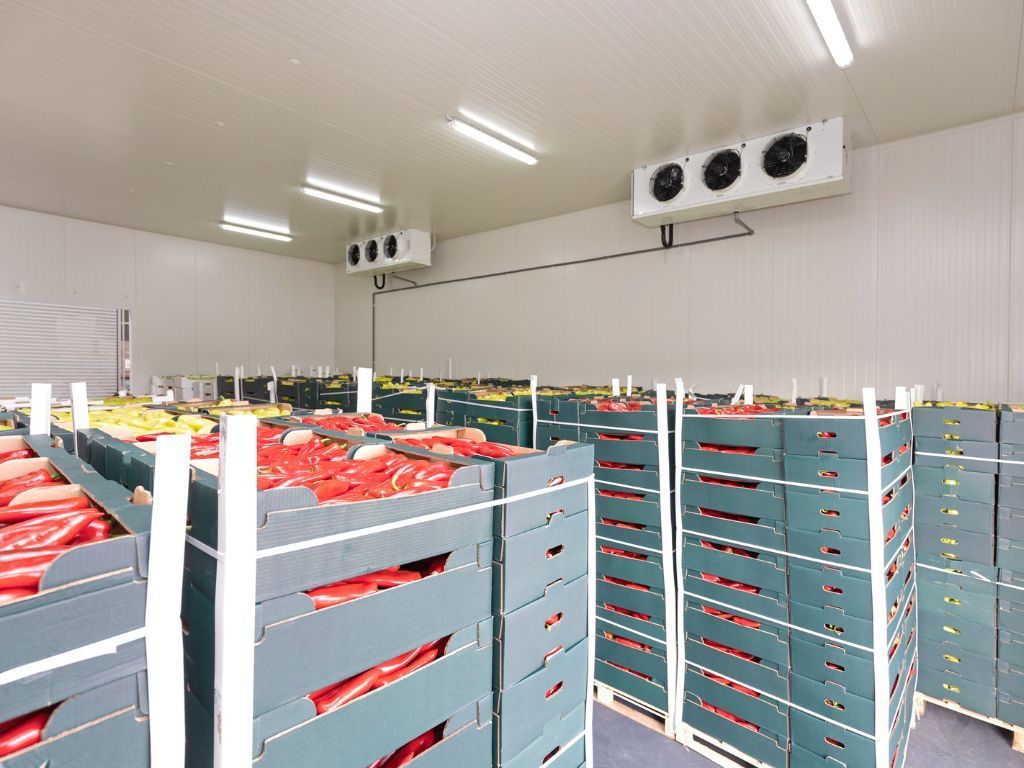Modern businesses dealing in global markets in recent scenarios have understood supply chain efficiency and what wonders it can do for them. That's why so many businesses are working hard to optimise their supply chains, reduce costs, and improve customer satisfaction. But managing a supply chain is not so easy as you have to first deal with the complex challenges it has. Did you know that inventory holding costs could represent almost 60 per cent of an item's price held in stock for one year? It is a staggering figure, illustrating the critical importance of supply chain management. This highlights the significance of finding a way to manage your inventory logistics well and ensure costs are minimised where possible.
According to one survey by Bain & Company, a leading global consulting firm, 63% of companies across various industries consider supply chain resiliency a paramount objective, even more so than other business goals. This further indicates the growing role that a robust supply chain plays in organisational success.
If you want to tackle your company's daily challenges and optimise your supply chain efficiency, your organisation should turn towards innovative solutions like temperature data loggers. Real-time monitoring enabled by IoT technology offers valuable insights and control over critical aspects of the supply chain and it ensures that goods are transported and stored under ideal conditions.
In this blog, we will talk about the five best practices to enhance supply chain efficiency. Our focus will be more on the usage of real-time monitoring and temperature data loggers. It will help you transform your supply chain management strategy and elevate your business to new heights. But first, let's set the stage by understanding the essence of supply chain efficiency and resiliency.
Understanding Supply Chain Efficiency & Resiliency
Before we talk about the best practices, let's understand what supply chain efficiency and resiliency are. Supply chain efficiency means the ability to produce and deliver products with minimal waste, cost, and time without compromising quality.
In simple words, you can understand it with an example. Imagine a well-choreographed dance where every move is synchronised to perfection ensuring that products reach customers' hands with minimal delays and costs. Supply chain efficiency involves optimising every step of this dance – from raw material sourcing to the final product delivery.
Various factors influence supply chain efficiency, such as demand forecasting accuracy, inventory management, and transportation optimisation. But here's the twist – disruptions are an inevitable part of this. From unforeseen weather events to sudden shifts in market dynamics and disruptions can throw even the most well-orchestrated routines into disarray.
Now, supply chain resiliency means a supply chain's ability to recover quickly from disruptions and adapt to unforeseen events like natural disasters. In the face of such challenges, having a resilient supply chain is imperative to sustain business operations.
So, you might wonder, how can we achieve such supply chain nirvana? The answer lies in the integration of real-time monitoring and temperature data loggers. These unsung heroes work behind the scenes, providing vital insights and actionable data that enhance both efficiency and resiliency.
Now, we'll talk about the five best practices that will empower you to wield these tools effectively. So, are you ready to transform your supply chain? Let's begin!
Best Practice 1: Demand Forecasting & Inventory Management
At the heart of every successful supply chain lies the ability to predict the future. No, we're not talking about crystal balls – we're talking about demand forecasting. Accurate demand forecasting is the compass that guides your supply chain decisions. It helps you align your production and inventory levels with the real needs of your customers.
Inventory management is another critical piece of this puzzle. Think of your inventory as a carefully curated collection. Too much, and you're tying up valuable resources. Too little, and you risk disappointing your customers. Temperature data loggers help this balance by ensuring that perishable goods are stored under optimal conditions, minimising waste and ensuring quality is maintained. It also provides alerts if there are deviations, preventing spoilage and allowing necessary action to take place helping maintain the product’s quality.
So if you want to keep a close eye on your inventories, you should start by investing in real-time monitoring solutions. The first step that you can take is to use temperature data loggers for your perishable products. Read our guide on everything about a temperature data logger from its meaning to how you can use it.
Best Practice 2: Supplier Relationship Management
The strength of a supply chain heavily depends on the relationships with its suppliers. A strong and collaborative partnership with suppliers can lead to streamlined processes. This can help reduce lead times in addition to improving overall efficiency.
Real-time monitoring can be used to ensure suppliers adhere to quality standards and timelines. Temperature monitoring solutions verify that goods are transported and stored under the specified conditions, minimising the risk of receiving damaged or spoiled goods.
Best Practice 3: Streamlining Transportation & Distribution
Transportation and distribution present unique challenges in supply chain management. Delays, route inefficiencies, and damage during transit can cause disruptions throughout the supply chain in turn, affecting customer satisfaction.
Companies are using real-time monitoring to track shipments at every stage and identify potential bottlenecks. Additionally, integrating temperature data loggers can enhance visibility, ensuring that temperature-sensitive products are transported under the right conditions, reducing losses and maintaining quality.
If you also want to start using an IoT-enabled temperature data logger solution for your supply chain check out our KELVIN suite of temperature data logger devices. Reach out to us to book a discovery call with our team today for more information and to learn how an active tracking solution can enable greater visibility for your team.
Best Practice 4: Technology Integration In Supply Chain Management
Technology is continuously revolutionising supply chain management. From advanced analytics to the Internet of Things (IoT), companies have an array of tools to optimise their supply chain processes.
In this sense, real-time monitoring solutions and temperature data loggers offer unparalleled advantages. Both provide accurate, real-time data that aid in making informed decisions, identifying inefficiencies, and reducing operational costs. Embracing IoT further bolsters supply chain efficiency by enabling automated actions and predictive maintenance.
View our IoT monitoring solutions that can help streamline your supply chain operations giving you the power of real-time monitoring.
Best Practice 5: Continuous Improvement & Data Analysis
Supply chain optimisation is an ongoing process. It involves continuous improvement in analysing data from real-time monitoring and temperature data loggers to identify trends and areas of improvement.
Data analysis empowers companies to refine their processes, further enhance performance and stay ahead of competitors. By leveraging insights from real-world data, businesses can make data-driven decisions and achieve sustained growth.
Challenges & Solutions
While implementing real-time monitoring and temperature data loggers can greatly enhance supply chain efficiency, there are common challenges to consider. Common obstacles include initial investment, data integration, and employee training. However, the benefits outweigh these challenges with more cost-effective solutions available today in addition to more sustainable options. You can also implement them in phased approaches by seeking expert guidance and prioritising employee training to ensure a smooth transition.
Way Forward
An efficient and resilient supply chain is vital for business success in today's competitive landscape. With these five best practices discussed in this blog and embracing real-time monitoring and temperature data loggers, companies can streamline operations, reduce costs, and improve customer satisfaction.
Enhancing supply chain efficiency isn't a one-time endeavour but a continuous journey of improvement and adaptation. Embrace technology, data-driven decisions, and collaborative relationships to build a supply chain that stands the test of time. Let real-time monitoring be the compass that guides you towards an optimised and future-ready supply chain.
So, embrace these best practices, and your supply chain will become a powerful asset driving your business towards success.
Get in touch with us today at enquiries@adaptideations.com for further information on our solutions.
Awards & Recognition

Best Temperature Monitoring Solution Provider
Awarded by India Biologics & Vaccines Outstanding Industry Awards 2022

Adapt Ideations Recognised As A Supply Chain Leader
by Alcott Global on Supplify's Supply Chain Tech Map 2.0

Related Articles.



Our Guides.
Sign up to our monthly newsletter!
Thank you for signing up.
Please try again later








